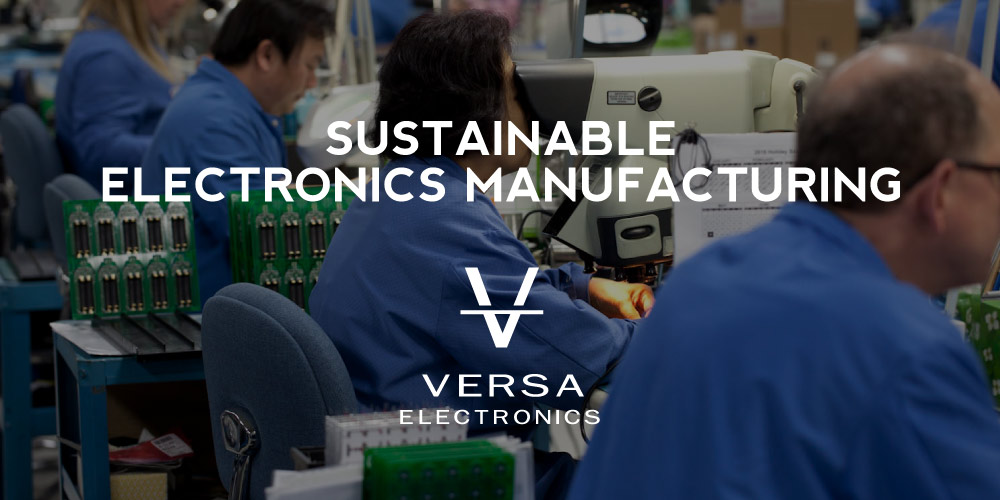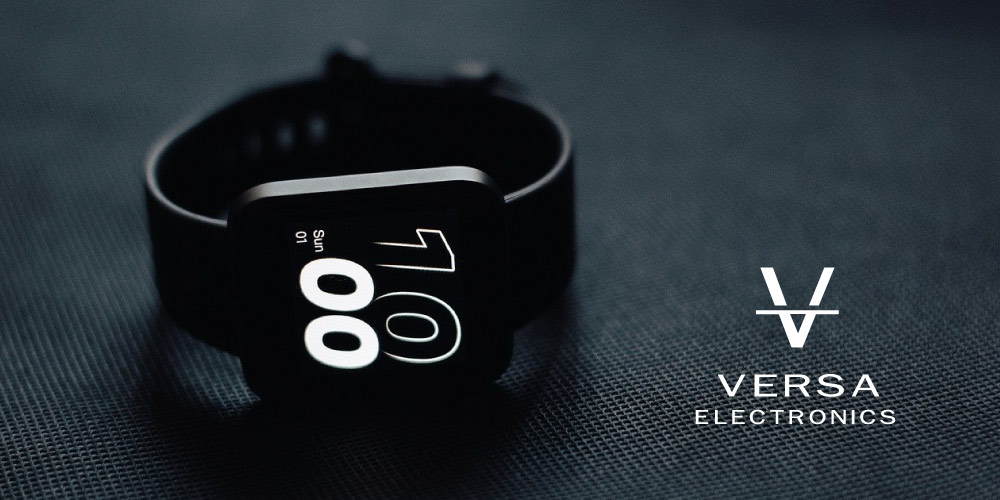Lead vs. Lead-Free Solder in Electronics Manufacturing
Soldering is an important tool in electronics manufacturing used in building anything from a child’s toy to a spacecraft. Whether lead-free or leaded, all solder serves the same function – it acts as a glue that binds components to a circuit board. However, the type of solder does have an impact on the soldering process.
So, what is the best solder to use in electronics manufacturing? And what’s the difference between leaded and lead-free solder? Let’s discuss this in detail.
What is Lead vs. Lead-Free Solder?
Generally, lead solder is a eutectic metal alloy comprising tin and lead. The material is melted by the use of a hot iron to create a robust electrical bond. There’s no requirement for high heat, and relatively fast cooling time limits the concern of cold solder joints. It’s safe to say that, with its lower melting point, the use of lead-based solder was the starting point of the electronics revolutions.
As a result, hobbyists and manufacturers alike don’t have to spend too much solder, reducing waste and increasing the overall efficiency of the soldering process. But, nowadays, lead-free solder is more mainstream and becoming the go-to standard among consumer manufactured goods. Why is this?
The primary reason is: lead is poisonous. It can build in the body due to years of small exposures, whether through inhalation, ingestion, or direct contact with the skin. The soldering process exposes workers to dust and fumes contaminated with lead, and these occupational risks led to lead-based solder becoming a documented health hazard.
Also, soldered lead in electronic waste components can easily be melted away by acid rain, contaminating groundwater sources. For this reason, the use of lead-free solder has been keenly studied since the 1990s.
But, lead-free solder didn’t become actively used in manufacturing until 2006, when the Restriction of Hazardous Substances Directive (RoHS) came into enforcement. The RoHS mandated electronic manufacturers to look for alternatives to replace the tin-lead solder. The directive restricts the use of hazardous chemicals in electronics manufacturing.
Today, the end goal of solder alloys is to create a soldering material that doesn’t have adverse environmental and health effects without compromising its mechanical attributes. Lead-free solder formulations have a varied percentage of copper, silver, tin, nickel, bismuth, zinc, and antimony.
Comparing Leaded vs. Lead-Free Solder
To support modern applications, the performance of solder joints is an imperative consideration in electronics manufacturing. So, how does lead-free solder perform compared to the traditional leaded solder?
1. Lead-Free Solder Has a Higher Melting Point
The standard 60% tin and 40% lead solder will become liquid at 183 degrees while lead-free solder melts at about 217 degrees. The higher the tin content, the higher the melting point. Lead reduces the melting point making lead-based solders easier to work with as they flow better and are quicker to bring to a working temperature.
A higher melting point also impacts the quality of the solder:
- Higher working temperatures comes with significant component stress, which can make low dielectric components vulnerable to failure
- Some elements, such as capacitors, are negatively affected by high working temperatures
- Higher temperatures mean the solder oxidizes quickly, which impacts the appearance of the soldered joints.
2. Mechanical Characteristics of Lead-Free Solder
It’s not all bad with lead-free solders. They have some noteworthy mechanical characteristics such as joint strength, better fatigue resistance, and harder solder joints. Also, the high melting point results in better performance in high-temperature applications.
Also, yet importantly, lead-free solder performs better in soldering Printed Circuit Boards (PCBs). Due to the mentioned mechanical properties, lead-free solders don’t spread at any point during reflow, and there’s no rapid stencil wear in the course of the soldering process. As a result, lead-free soldered PCBs are less likely to have voids.
But, not all lead-free solders are created the same. For instance, bismuth is in short supply since it’s a by-product of lead mining. Silver, on the other hand, is in adequate supply but has a cost disadvantage. Zinc is also in good supply but oxidizes easily and can result in brittle solders. Therefore, manufacturers must thoroughly investigate the properties of lead-free alloys to determine their suitability.
Lead-Free Solder: The Better Option?
Lead-free solder is not easy to handle – at least when compared to lead solder, which has numerous benefits for electronics manufacturing. But, the poisonous nature of lead is the main reason most manufacturers embrace lead-free soldering. The occupational and environmental risks of lead soldering make the eutectic alloy too hazardous to be worth it.
The shift to a safer method is necessary and not just because it’s mandated by regulations such as the Restriction of Hazardous Substances Directive. Research is currently underway to discover another eutectic metal combination that works just as well as the tin-lead alloy. In the meantime, several lead-free soldering techniques work well.
About The Author
 Tony Zuberbuehler is a Sales Manager at Versa Electronics with a focus on electronic contract manufacturing. Tony’s career in technology manufacturing spans 25+ years and has included roles as an engineering liaison, in purchasing and material management, manufacturing and planning, customer interfaces, and product fulfillment. Connect with Tony Z on LinkedIn.
Tony Zuberbuehler is a Sales Manager at Versa Electronics with a focus on electronic contract manufacturing. Tony’s career in technology manufacturing spans 25+ years and has included roles as an engineering liaison, in purchasing and material management, manufacturing and planning, customer interfaces, and product fulfillment. Connect with Tony Z on LinkedIn.





